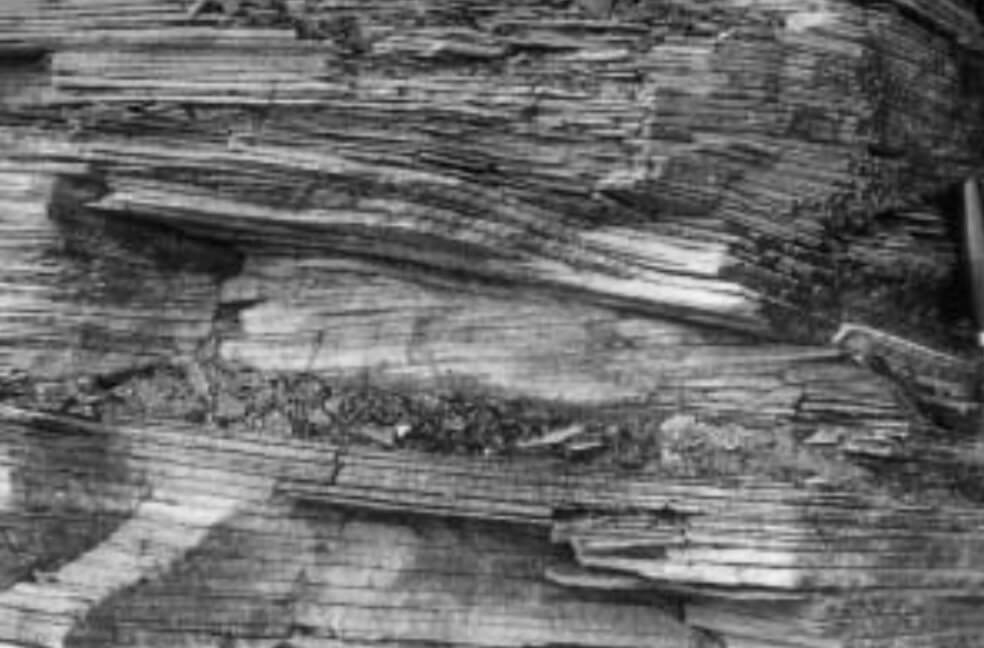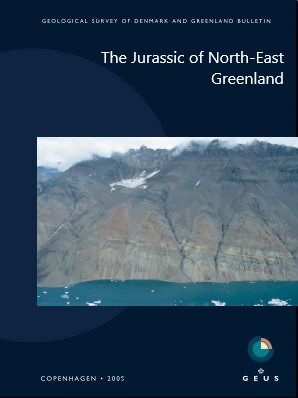
How to Cite
Share
Abstract
A new lithostratigraphic unit, the Bristol Elv Formation, is erected in this paper. It is only known from Traill Ø, East Greenland, where it unconformably overlies Triassic redbeds of the Fleming Fjord Formation and is overlain by lithologically similar shallow marine Upper Bajocian sandstones of the Pelion Formation. The age of the formation is not well constrained but is probably Early Bajocian. The Bristol Elv Formation is at least 155 m thick and consists of conglomerates, coarse-grained pebbly sandstones and subordinate mudstones, deposited in braided rivers. A finer-grained lacustrine/floodplain unit, c. 37 m thick, is interbedded with the fluvial sandstones at one locality. Deposition of the fluvio-lacustrine Bristol Elv Formation marks a major change in basin configuration and drainage patterns, reflecting the onset of the important, protracted Middle–Late Jurassic rift event in East Greenland.
How to Cite
Share
Downloads
Edited by L. Stemmerik and S. Stouge
The Jurassic rift succession of East Greenland has been intensely studied over the last 25 years, particularly within the main outcrop areas of Jameson Land and Wollaston Forland. The more isolated and poorly known outcrops on Traill Ø, Hold with Hope, Hochstetter Forland and [...]










